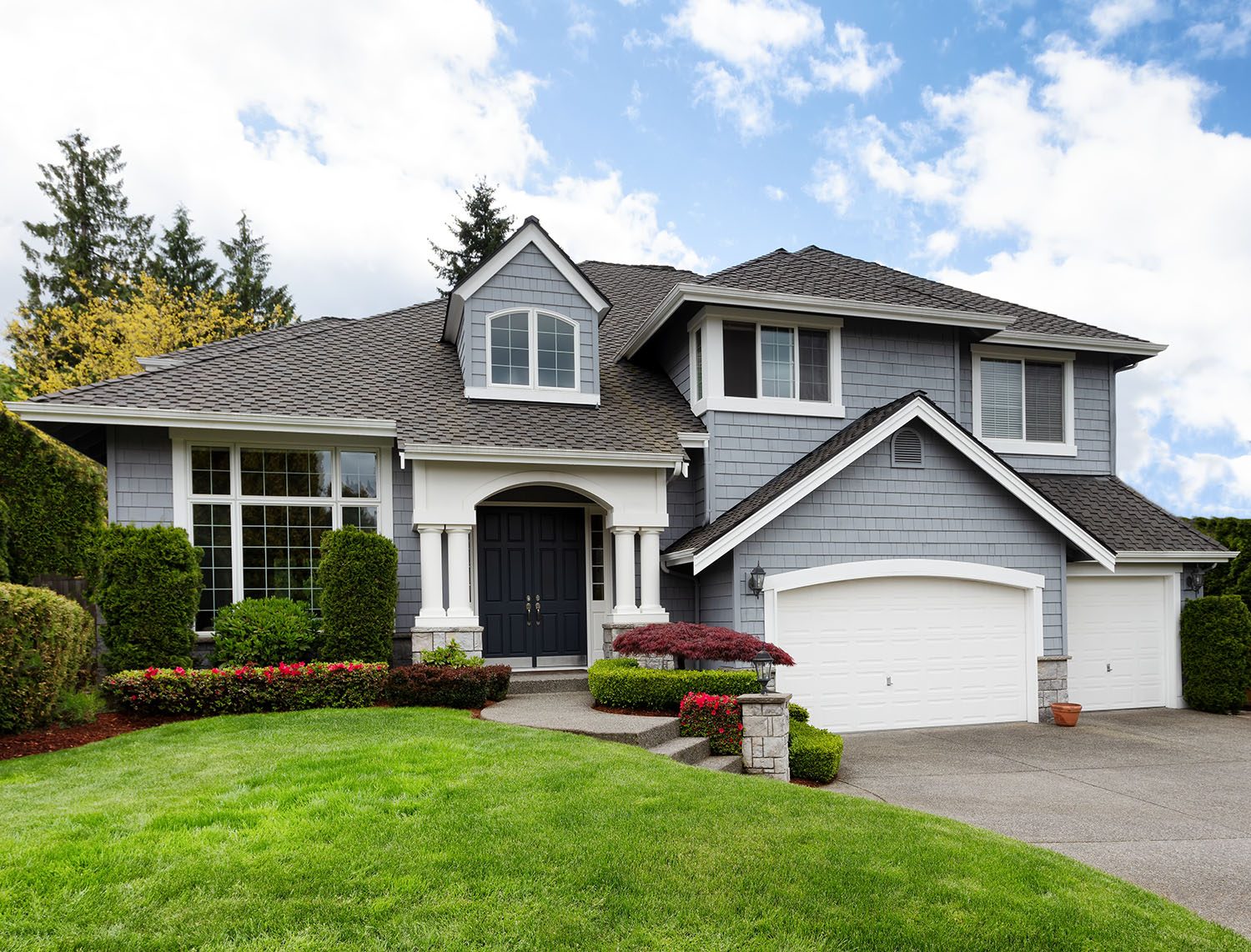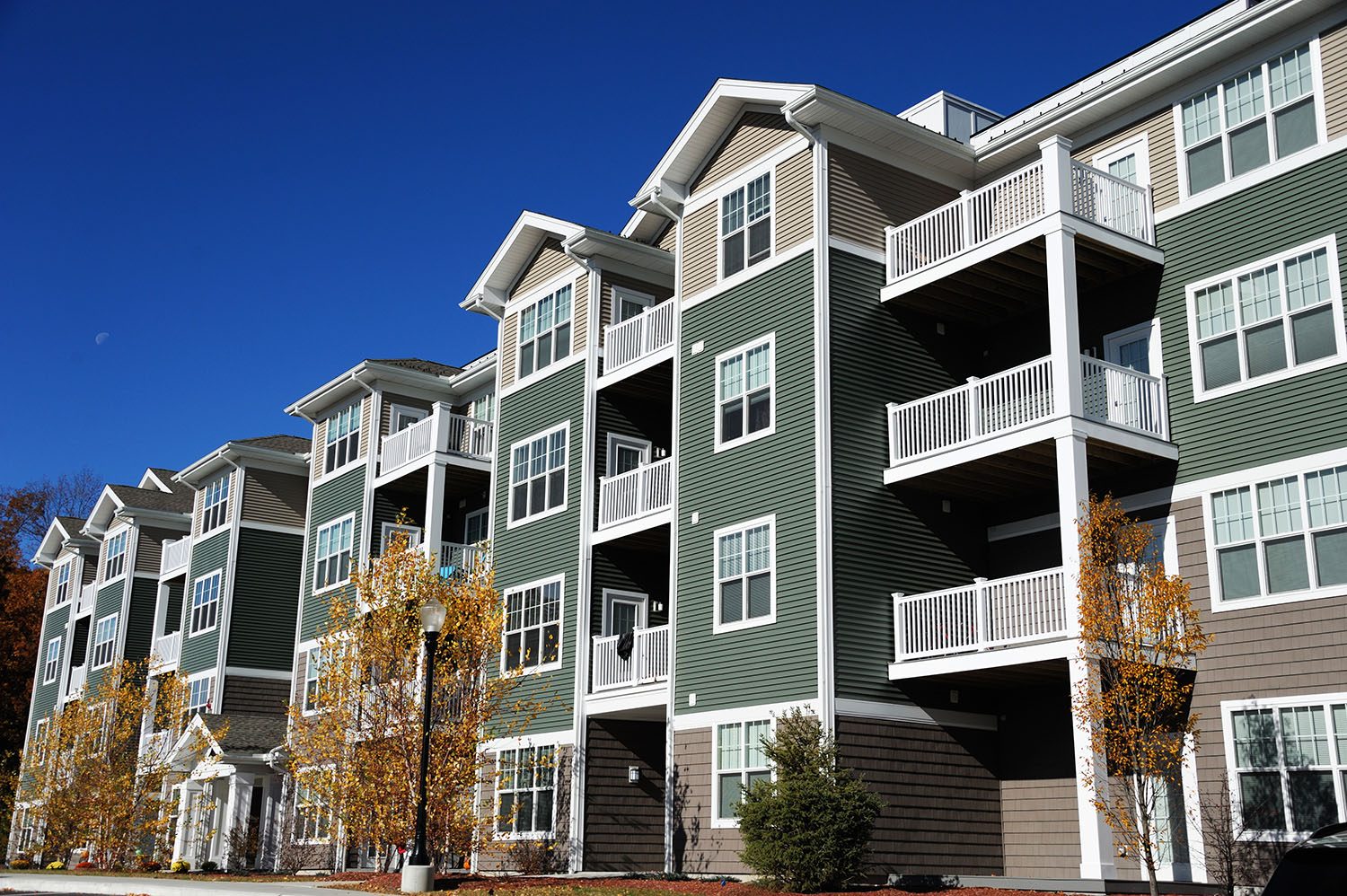How to Choose the Best Siding for Your Home

Your home's siding plays a crucial role in both its aesthetics and protection. Not only does it contribute to your home's curb appeal, but it also shields it from the elements, insulates it, and can even affect your energy bills. With a wide array of siding options available, choosing the best siding for your home can be a daunting task. In this comprehensive guide, we will explore the various factors to consider when selecting the ideal siding for your specific needs and preferences.
When you're ready for new siding, try it on your home first with our virtual design tool!
1. Understand Your Climate
The climate in which you live is one of the most significant factors that will influence your choice of siding material. Different materials have varying levels of durability and insulation properties, making them more or less suitable for specific climates. Here are some considerations based on climate:
Cold Climates:
In areas with harsh winters and cold temperatures, siding that offers excellent insulation is essential. Options like insulated vinyl, fiber cement, or wood can help keep your home warm and energy-efficient. It's also crucial to choose a siding material that can withstand freezing temperatures without cracking or warping.
Hot and Dry Climates:
In regions with scorching summers, you'll want siding that can withstand intense heat and prolonged exposure to UV rays. Fiber cement and stucco are suitable choices, as they are resistant to heat and don't fade easily. Metal siding can also be a good option in these climates.
Wet and Humid Climates:
In humid areas, moisture resistance is key to preventing mold, rot, and other issues. Vinyl, aluminum, and fiber cement are excellent choices as they resist moisture and are low maintenance. Wood siding can work, but it requires more upkeep to prevent rot in humid conditions.
Mixed Climates:
If you live in an area with extreme temperature variations throughout the year, consider siding materials with good insulation properties. Vinyl, fiber cement, and engineered wood can handle both cold and hot seasons effectively.
Understanding your local climate and its challenges is the first step in choosing siding that will provide protection and comfort all year round.
2. Consider Maintenance Requirements
The amount of maintenance you're willing to invest in your siding is another critical factor in the decision-making process. Different siding materials have varying maintenance needs, ranging from low to high. Here's a breakdown of some common siding materials and their maintenance requirements:
Low Maintenance Siding:
- Vinyl: Vinyl siding is perhaps the most popular low-maintenance option. It is resistant to moisture, rot, and insects, and it never needs painting. Occasional cleaning with a hose and soapy water is usually sufficient.
- Fiber Cement: Fiber cement siding is durable and resistant to most elements. It doesn't require frequent painting, and when it does, the paint tends to last longer than on wood siding.
Moderate Maintenance Siding:
- Wood: Natural wood siding can be beautiful but requires regular maintenance, such as staining or painting every few years. It's also susceptible to moisture and insect damage, so diligent care is necessary.
High Maintenance Siding:
- Brick: Brick siding typically requires very little maintenance, but it may need repointing over time. The biggest drawback is that it is challenging to alter the appearance of brick once installed.
- Stucco: Stucco is durable but may require occasional patching and repainting to maintain its appearance and protect against moisture.
- Cedar Shake: Cedar shake siding has a charming rustic look but requires regular maintenance, including staining, sealing, and potential replacement of individual shakes.
The amount of maintenance you're willing to undertake can significantly impact your siding choice. Consider your lifestyle, available time, and budget for ongoing maintenance when making your decision.
3. Siding Material Options
There is a wide range of siding materials available, each with its unique features and aesthetics. Let's explore some of the most popular options:
Vinyl Siding:
Vinyl siding is a versatile and affordable option. It's available in a wide range of colors and styles, is low maintenance, and offers good insulation properties. However, it can be less durable than other materials and may not withstand severe weather conditions.
Fiber Cement Siding:
Fiber cement siding is known for its durability and resistance to rot, insects, and fire. It can mimic the look of wood or stucco and offers excellent insulation. While it's low maintenance, it may require occasional painting.
Wood Siding:
Wood siding provides a natural and timeless appearance. It's a popular choice for historic and traditional homes. However, it requires more maintenance to protect against moisture, insects, and decay. Cedar and redwood are popular wood siding options due to their natural resistance to rot and insects.
Metal Siding:
Metal siding, such as aluminum and steel, is highly durable and low maintenance. It's resistant to moisture, insects, and fire. Metal siding can have a modern or industrial aesthetic and is suitable for contemporary homes.
Brick Siding:
Brick siding is a classic choice that provides exceptional durability and a timeless look. It's virtually maintenance-free, but the initial cost can be higher. Brick offers excellent thermal mass, helping regulate indoor temperatures.
Stucco Siding:
Stucco is a versatile siding material with a smooth or textured finish. It's durable, fire-resistant, and can be painted in various colors. Stucco is commonly used in Southwestern and Mediterranean-style homes.
Engineered Wood Siding:
Engineered wood siding combines the natural beauty of wood with enhanced durability. It is more resistant to moisture and insects and requires less maintenance than traditional wood siding.
Stone Veneer Siding:
Stone veneer siding provides the appearance of natural stone while being lighter and more affordable. It's low maintenance and can enhance your home's curb appeal.
Each siding material has its unique advantages and drawbacks. Your choice should align with your preferences, budget, and the specific needs of your home.
4. Aesthetics and Style
Your home's architectural style and your personal taste should guide your choice of siding. The siding you select should complement the overall design and character of your home. Here are some considerations:
Architectural Style:
Different architectural styles call for specific siding materials. For example, a Colonial-style home may look best with clapboard wood siding, while a modern home might benefit from sleek metal siding.
Color and Texture:
Consider the color and texture options available for each siding material. Some materials, like vinyl, offer a wide range of color choices, while others, such as brick, have limited color options but unique textures.
Curb Appeal:
Think about how the siding will enhance your home's curb appeal. Visualize how it will look alongside your roof, windows, and landscaping. You can use online visualizers or consult with design professionals for guidance.
Neighborhood Aesthetics:
Consider the visual harmony of your home within your neighborhood. While your siding should reflect your style, it should also fit within the broader context of your community.
5. Energy Efficiency
The insulation properties of your siding can have a significant impact on your home's energy efficiency. Well-insulated siding can help regulate indoor temperatures, reducing the strain on your heating and cooling systems. Some siding materials, such as vinyl and fiber cement, offer better insulation than others. To maximize energy efficiency, you can also consider adding insulation beneath the siding, especially in cold or hot climates.
7. Durability and Longevity
The durability of your siding is crucial for long-term protection and cost-effectiveness. Consider the following factors:
- Resistance to Weather: How well does the siding material withstand the climate conditions in your area, including wind, rain, snow, and UV rays?
- Resistance to Pests: Is the material prone to insect infestations, such as termites or woodpeckers?
- Fire Resistance: Does the siding material have fire-resistant properties? This can be essential in areas prone to wildfires.
- Impact Resistance: Can the siding withstand impact, such as hail or debris during storms?
Choosing a durable siding material can save you money in the long run by reducing the need for repairs or replacement.
8. Warranty
Manufacturers Warranty
Review the warranties offered by manufacturers for the siding materials you are considering. A strong warranty can provide peace of mind and assurance of the product's quality. Look for warranties that cover defects, color fading, and other relevant aspects. Be sure to read and understand the terms and conditions of the warranty before making your final decision.
Installation Warranty
When considering a siding project, it's important to discuss the details of the workmanship warranty with your chosen contractor, including its duration and what specific issues it covers. Make sure to have a written contract that includes the warranty terms and conditions to protect your interests and ensure the quality of the siding installation.
9. Installation and Maintenance
The installation process and maintenance requirements for your chosen siding material should also be considered. Some materials are more DIY-friendly, while others may require professional installation. Additionally, consider the following maintenance factors:
- Painting and Finishing: Does the siding material require regular painting or finishing, and if so, how often?
- Repairs: How easy is it to repair or replace damaged sections of the siding?
- Cleaning: What are the cleaning requirements for the material, and how often should it be cleaned? How to clean your siding.
Understanding the installation process and long-term maintenance obligations is essential for making an informed choice.
10. Local Regulations and Codes
Be sure to check with local building codes and HOA regulations to ensure that the siding material and style you choose comply with the rules in your area. Some neighborhoods or historical districts may have specific requirements for siding materials and colors.
11. Environmental Impact
If environmental sustainability is a concern for you, consider the ecological impact of the siding material. Some materials are more environmentally friendly than others. For example, vinyl siding may not be as eco-friendly as fiber cement, which is made from a combination of cement, wood fiber, and other materials. Additionally, consider the energy efficiency of the material, as mentioned earlier, as it can affect your home's overall carbon footprint.
Conclusion
Selecting the best siding for your home is a significant decision that requires careful consideration of various factors. Your climate, maintenance preferences, budget, and aesthetic goals should guide your choice of siding material. It's essential to balance these factors to ensure that your selection provides protection, enhances your home's appearance, and offers long-term value. Learn more about the factors that impact the cost of siding project. By taking the time to evaluate your needs and educate yourself about different siding options, you can make an informed decision that will serve your home well for years to come. Don't hesitate to consult with siding professionals and seek multiple quotes to make the best choice for your specific circumstances. Lastly, consider the warranties offered by manufacturers for added peace of mind regarding the quality and durability of your chosen siding.


